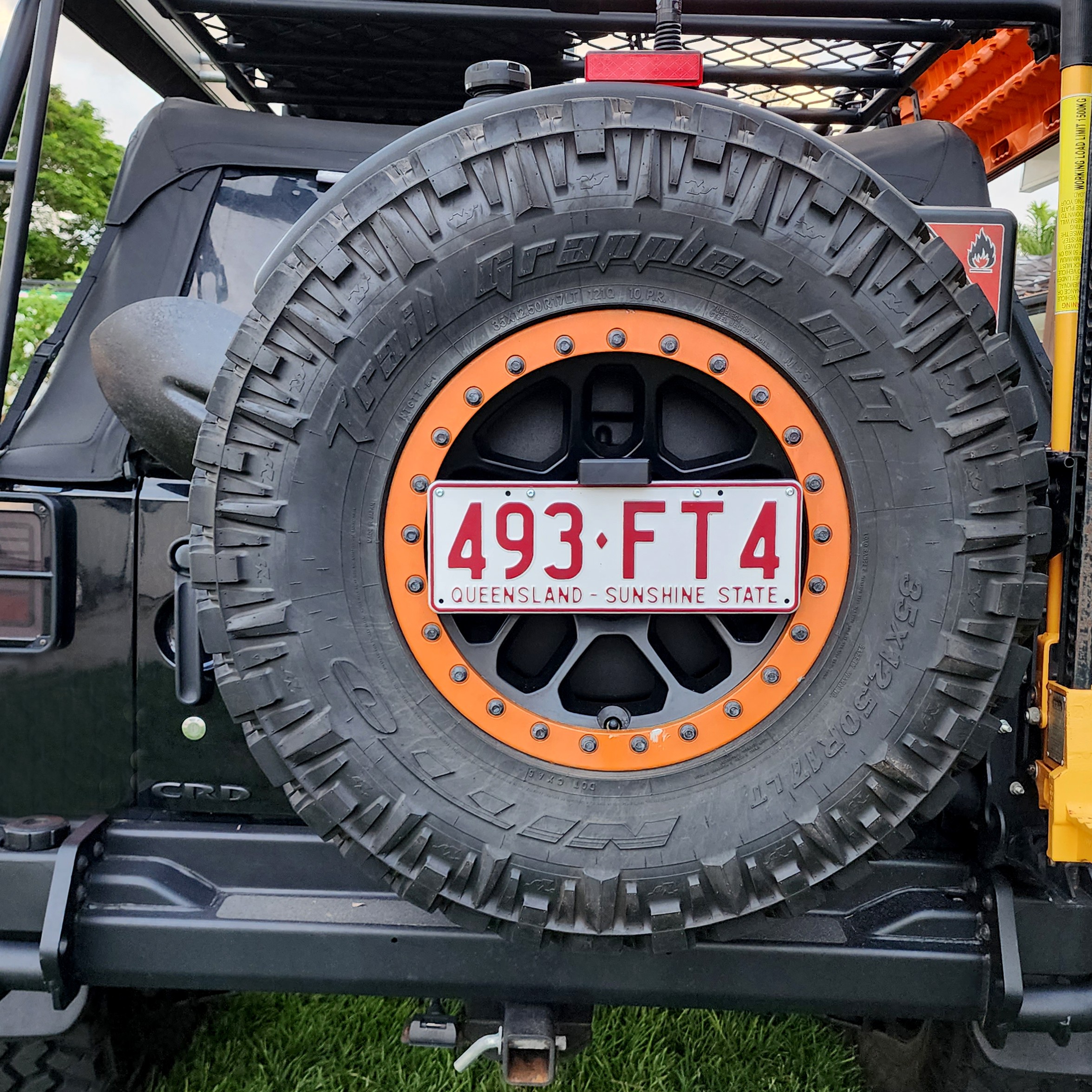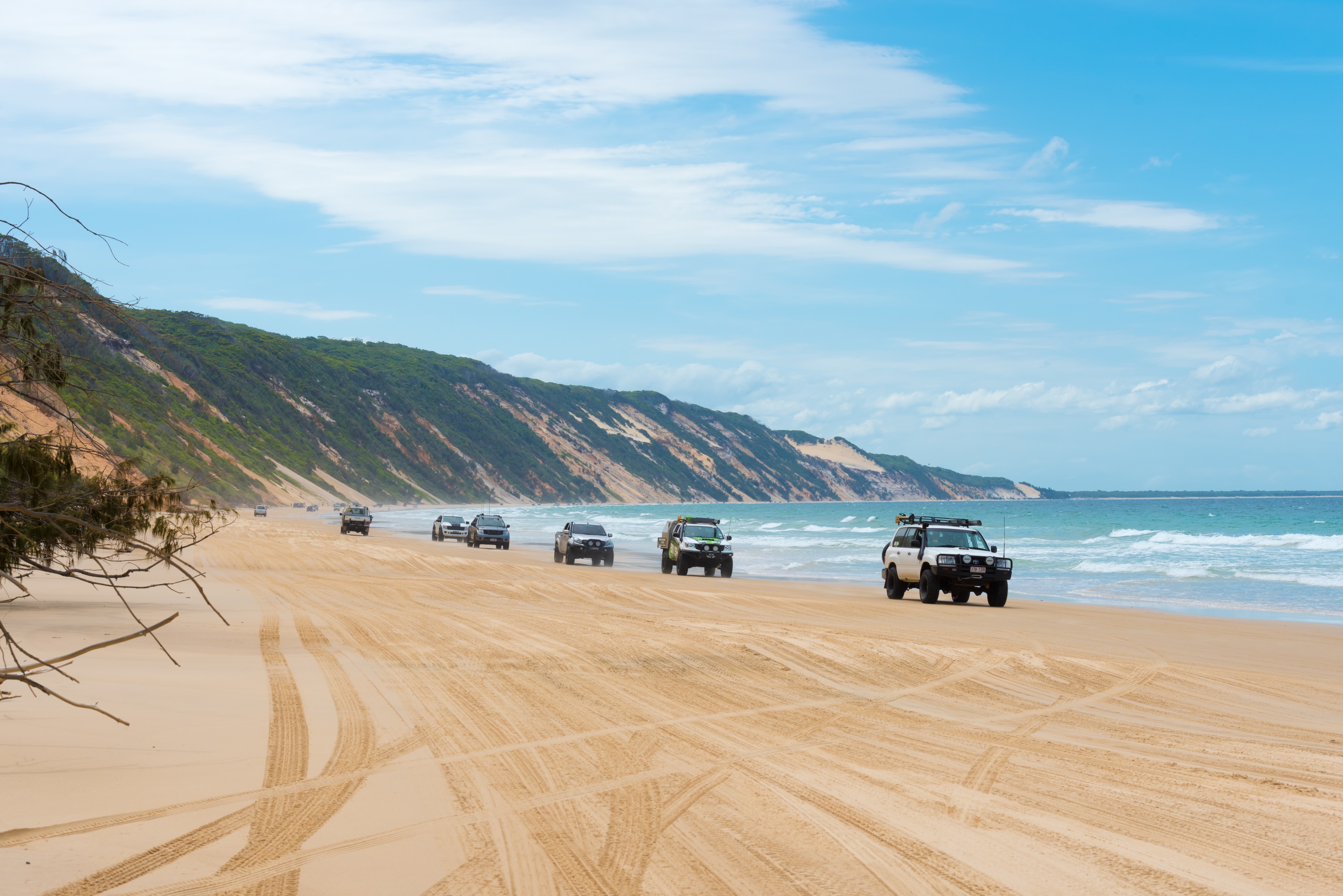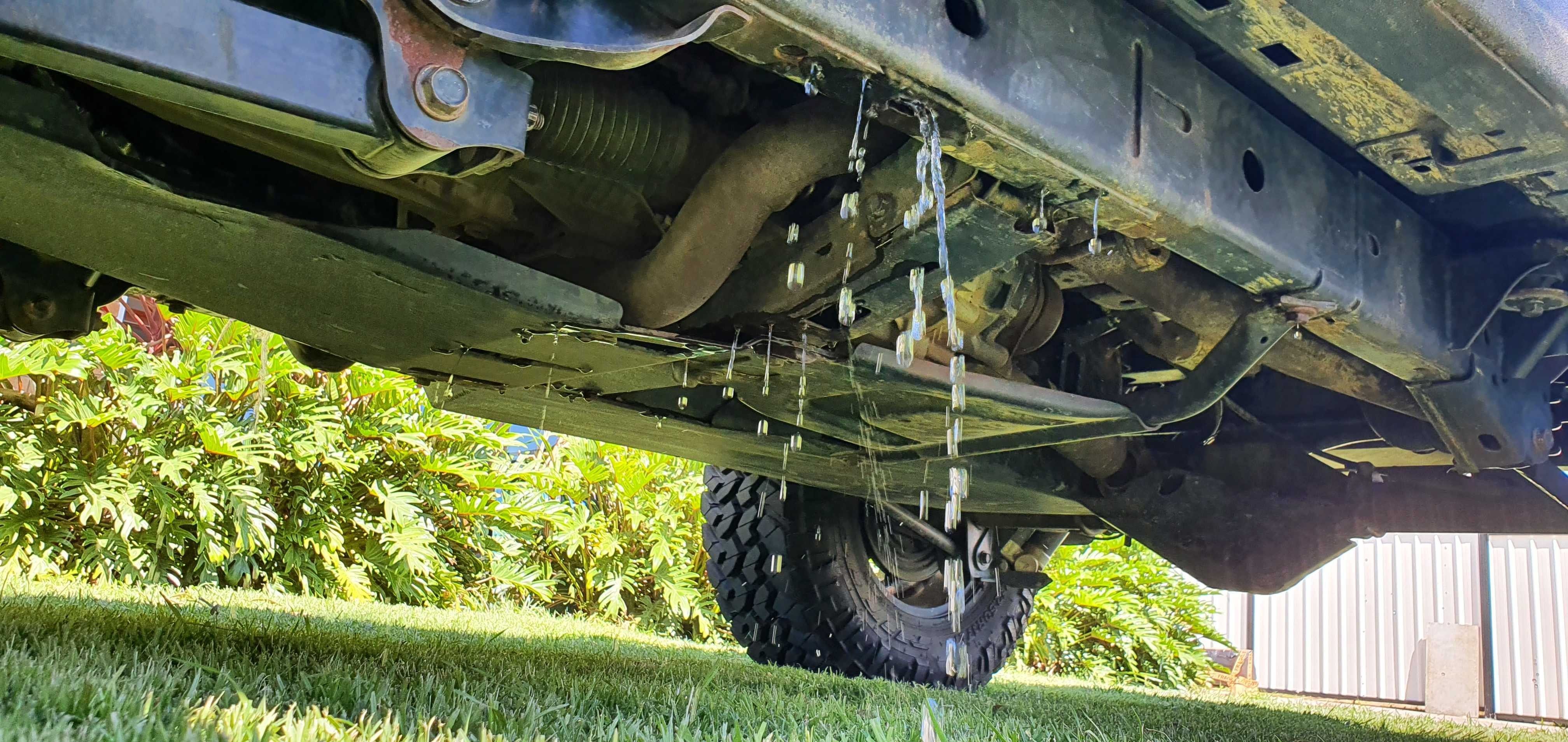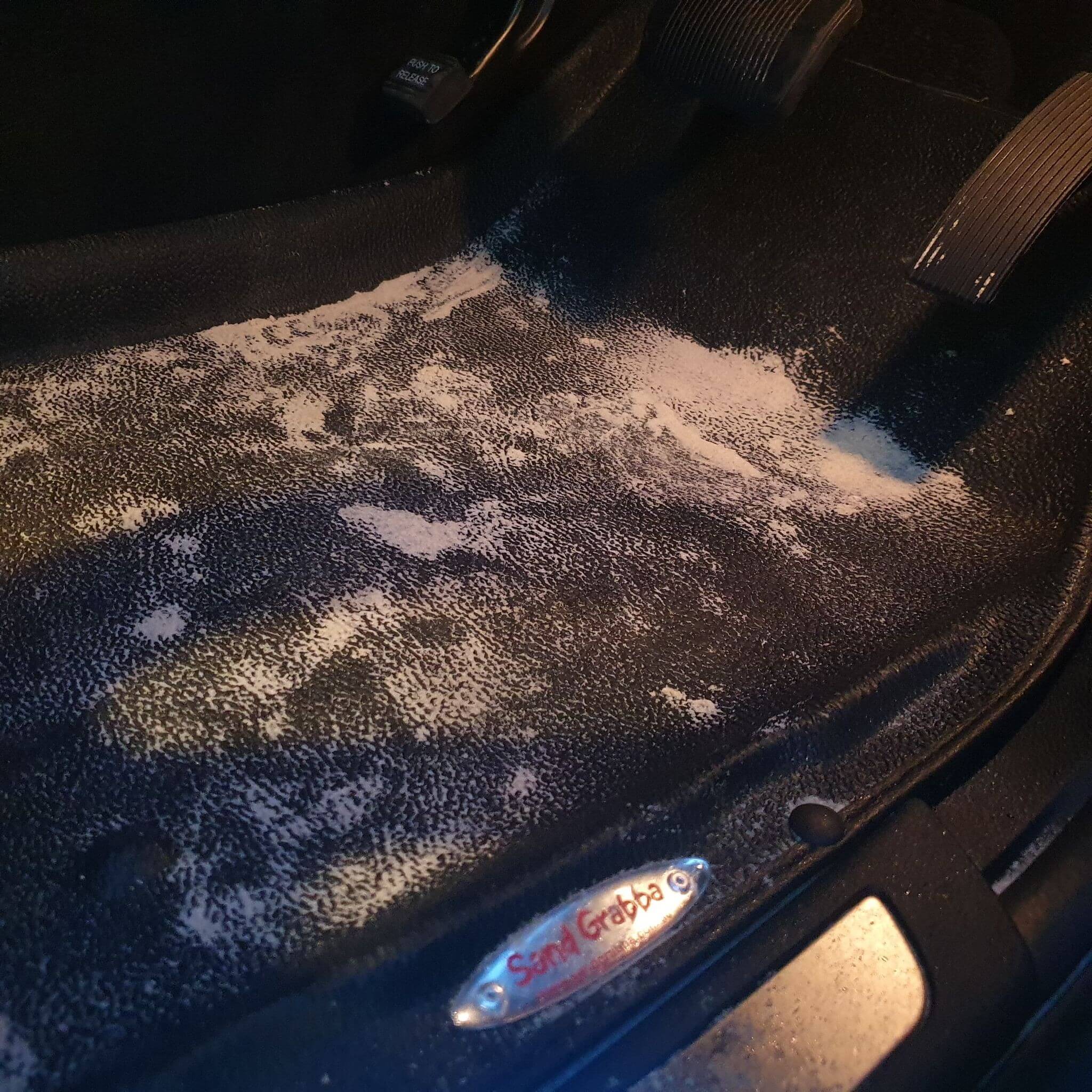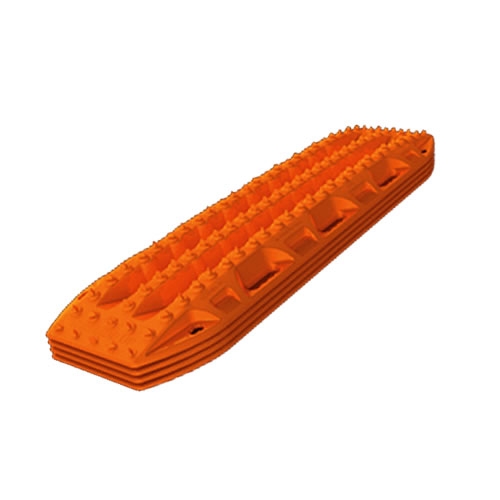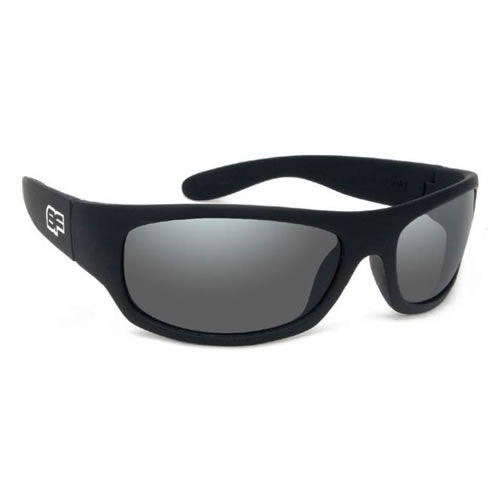Carrying water storage in your 4wd & how to filter emergency drinking water when 4wd
How do you keep your water supply safe when you're out in the middle of the outback in your 4wd? Water is a vital part of all human survival. We are supposed to drink at least 2 litres of water per day. When you're in 4wd country, be it the mountains, beaches, forests or deserts you're likely to require more than that recommended 2L. We discuss the different ways 4wd travellers keep a decent water supply in the back of a 4x4.
Carrying water in your 4wd
How do you keep your water supply safe when travelling in your 4wd? There are many different options when considering how to carry water in the outback. You need to weigh up the many different water solutions on the market and decide which is the best for you. You need to ask questions like how much water do I wish to carry, how to carry the water, will it stay safe from contamination and can I keep it from getting punctured or damaged? So what options do you have when it comes to storing water in your 4wd?
How Much Water Do I Need?
The Australian 4wd country varies wildly from beaches to forests to mountains to deserts. In all of these places you're going to need some kind of water supply. It is recommended that humans drink at least 2L of water on a daily basis. When you venture into a hot humid environment, its very likely you'll need a lot more. However, if you're travelling into the Victorian high country for example, there are a lot more reliable water sources around.
Assuming you're travelling into a hot environment, it is recommended to carry around 5L per day per person. To add to that you should be carrying an additional 20L Jerry can of water as spare. It is also very important to carry enough water to cover the mechanical requirements of your vehicle in case of failure or breakdown.
The last thing you want is to be broken down with a repaired radiator hose, and no water to refill the system and get you on your way again!
Safe Drinking Water
Having your water contaminated by mould and fungi is not desirable in any 4wd water supply. Nasty bacteria can also grow in your water supply which will make you very sick if you drink it. In an emergency situation, contaminated water is not something you want to be drinking as the effects of vomiting and diarrhoea can dehydrate you extremely quickly in the desert.
Another thing you need to consider is the taste of the water. If your water carrying solution is tainting the water with a nasty taste, it may deter people (especially kids) from drinking it.
The best way to avoid these hastles is to use containers designed to be used as water storage that are mounted inside or underneath the vehicle.
Water Storage Methods
To store your water safely, we recommend the use of a water storage container meant for drinking water. Water bladders or stainless steel purpose built containers are at the upper end of the scale while cheaper Jerry cans and 2L coke bottles are also suitable alternatives.
The key to safe water storage is to have more than one container. If you keep your water in seperate containers, you're less likely to have issues when one container is punctured or damaged. If a water container becomes contaminated, you also have a backup for emergencies.
It's hard to go past a 20L plastic jerry can for light weight, durable water carrying. As an additional backup to a larger water bladder Jerry cans are the way to go.
Where to Store Water?
It is best to keep your water as low in the vehicle as possible. Lots of weight up on the roof of a vehicle can adversly effect the handling of the truck. When you've got 1kg per liter of water, you can easily overload the roof of the truck.
If you wish to store water inside the vehicle, soft bladders that are meant for storage of water in the passenger footwell are a good solution as they take up often unused space in the vehicle.
Storage of water underneath the vehicle in solid stainless steel tanks is also popular. They keep the center of gravity low and allow you to put more cargo inside the vehicle.
Replenishing your water supplies
Your biggest consideration when travelling is where to replenish your water supplies? Often people plan their stays around where they think they can get safe drinking water. It pays to do your research before you set off. You don't want to hope that the next stop will have water you can drink.
If you find yourself in a position where you're unsure of the water quality, you can boil the water to give you the best chance of it being safe. This method is only effective if you keep the water at a steady boil for at least 5 mins.
A better solution is to purchase water filters such as the "LifeStraw". These filters take out bacteria, dirt and disease causing virus. The best thing about these products is how quickly you have fresh drinking water.
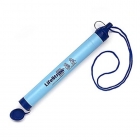 LifeStraw Personal
LifeStraw PersonalLifeStraw® Personal, simply known as LifeStraw®,is an extremely effective portable water filter created for prevention of common waterborne diarrhoeal diseases. Outdoors: Camping, Hunting, Hiking - save carrying all that heavy water and safely use what is on location as you move about.
Click here to buy a LifeStraw Personal.
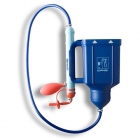 LifeStraw Family
LifeStraw FamilyLifeStraw® Family is designed to look after the water supply needs of families, groups, and camps, and supplies enough clean, filtered water to satisfy the drinking needs of 5 people for 3 years.
Click here to buy a LifeStraw Family.
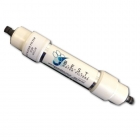 BEST Water Filter
BEST Water FilterBEST Water Filters look after the water supply needs for caravans, Mobile Homes and other needs where water is stored into a tank. For Caravan and Mobile Home owners it means an easy way to make sure the water in your tanks is clean and free from germs.
Click here to buy a BEST Water Filter.

